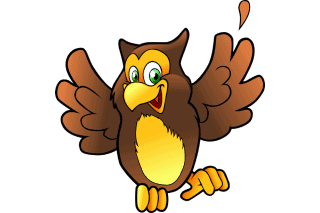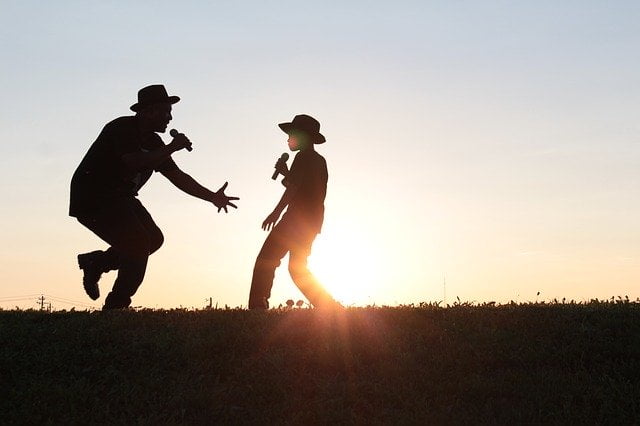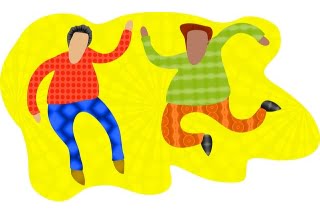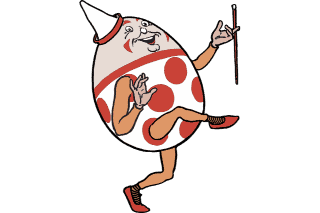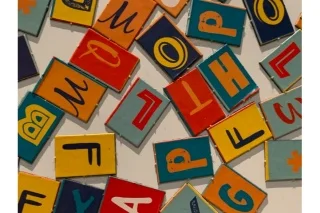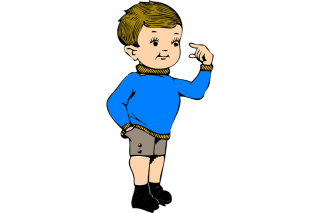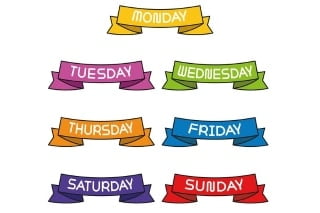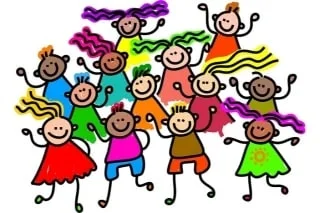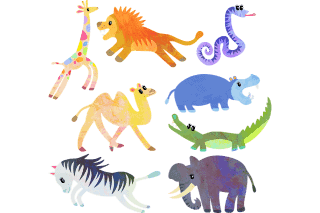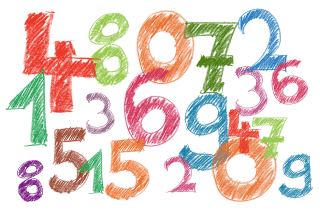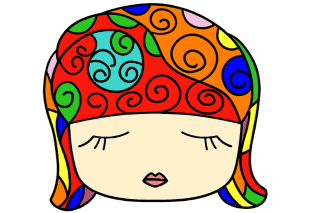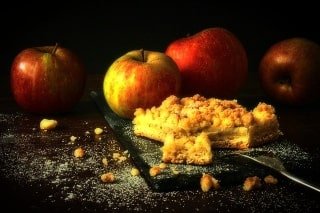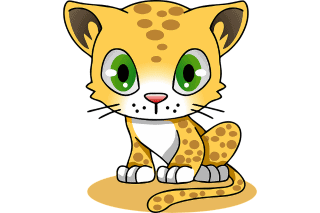
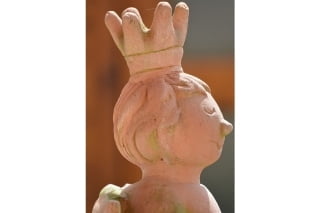
Georgie Porgie
“Georgie Porgie” is a popular traditional rhyme, but it is still popular. It is used in many preschools in UK and the USA. The origins of the lyrics to “Georgie-Porgie” are English and refer to the courtier George Villiers, 1st duke of Duke of Buckingham (1592–1628).
King James I took Villiers as his lover and nicknamed him “Steenie” (a reference to St. Stephen whom in the Bible describes as having the “face of an angel”). The romantic story of George Villiers and Anne of Austria (Queen of France and the wife of King Louis XIII), also mentioned in the “The Three Musketeers” was almost overlooked as a result of his friendship with King James I.
The earliest printed appearance of the rhyme was in The Kentish Coronal (1841), where it was described as an “old ballad” with the name spelled “Georgy-Peorgy“. This version was later illustrated by Kate Greenaway in 1881, and a Cheshire dialect version was quoted in 1887 with the variant “picklety pie” in place of “pudding and pie“.
“Georgie Porgie” Lyrics
Georgie Porgie, Puddin’ and Pie,
Kissed the girls and made them cry,
When the boys came out to play
Georgie Porgie ran away
“Georgie Porgie” Original Version
Rowley Powley, pudding and pie,
Kissed the girls and made them cry;
When the girls came out to play,
Georgie Porgie ran away.
However, at the start of the 20th century the third line was often changed to refer to boys.
Frequently asked questions (FAQ's) based on “Georgie Porgie”
Answer: Georgie-Porgie is known for kissing girls and making them cry.
Answer: Georgie Porgie runs away when the boys come out to play.
Answer: There is no clear moral or message in the rhyme. Some have interpreted it as a cautionary tale about the consequences of misbehavior, while others have criticized it for promoting negative gender stereotypes and the normalization of unwanted physical contact.
Answer: The rhyme is a traditional English nursery rhyme that dates back to at least the 18th century.
Answer: Yes, some have raised concerns about the negative gender stereotypes and the normalization of unwanted physical contact in the lyrics of the rhyme. As a result, some versions of the song have been modified to remove or alter the offending lines.
- georgie porgie rhyme lyrics
- poem georgie porgie meaning
- georgie porgie song lyrics
- georgie porgie nursery rhyme
- song georgie porgie lyrics
- georgie porgie poem words
- georgie porgie poem lyrics
- georgie porgie song meaning
Some more details based on "Georgie Porgie"
“Georgie-Porgie” is a traditional English nursery rhyme that dates back to the 18th century. The song tells the story of a young boy named Georgie-Porgie, who is known for his love of kissing girls. However, his behavior causes trouble and earns him a reputation as a mischief-maker.
The first two lines of the song describe the boy behavior – he is known for kissing girls and causing them to cry. The third line suggests that boy is afraid of the other boys and runs away when they come to play.
The song has a simple melody and is often accompanied by clapping or other physical gestures. It is sometimes used as a counting song, with children counting the number of kisses or girls as they sing along.
“Georgie-Porgie” has been featured in many children’s books and is a beloved nursery rhyme that continues to be enjoyed by children and adults alike. However, some have raised concerns about the negative gender stereotypes and the normalization of unwanted physical contact in the lyrics of the song. As a result, some versions of the song have been modified to remove or alter the offending lines.
Some activities for children's based on "Georgie Porgie"
- Pudding Recipe: Talk with children about the ingredients and steps involved in making pudding, as mentioned in the rhyme. Then, work together to make a simple pudding recipe, such as chocolate pudding or vanilla pudding.
Note: This activity promotes culinary skills and understanding of recipes, while also providing a fun and delicious treat for children.
- Playground Games: Play traditional playground games mentioned in the rhyme, such as “kiss the girls and make them cry” or “run away and tell a lie.” Adapt the games to make them age-appropriate and safe for children.
Note: This activity promotes physical activity and coordination, while also providing an opportunity for children to engage with the nursery rhyme in a fun and interactive way.
Related links
Categories
Other popular rhymes
Other related keywords and search's
- poem georgie-porgie meaning
- rhyme georgie porgie lyrics
- rhyme georgie porgie lyrics
- georgie porgie nursery rhyme
- georgie-porgie poem words
- georgie porgie poem history
- nursery rhyme georgie porgie poem
- georgie-porgie pudding and pie poem
- georgie porgie song lyrics
- georgie porgie rhyme meaning
- old poem georgie-porgie


